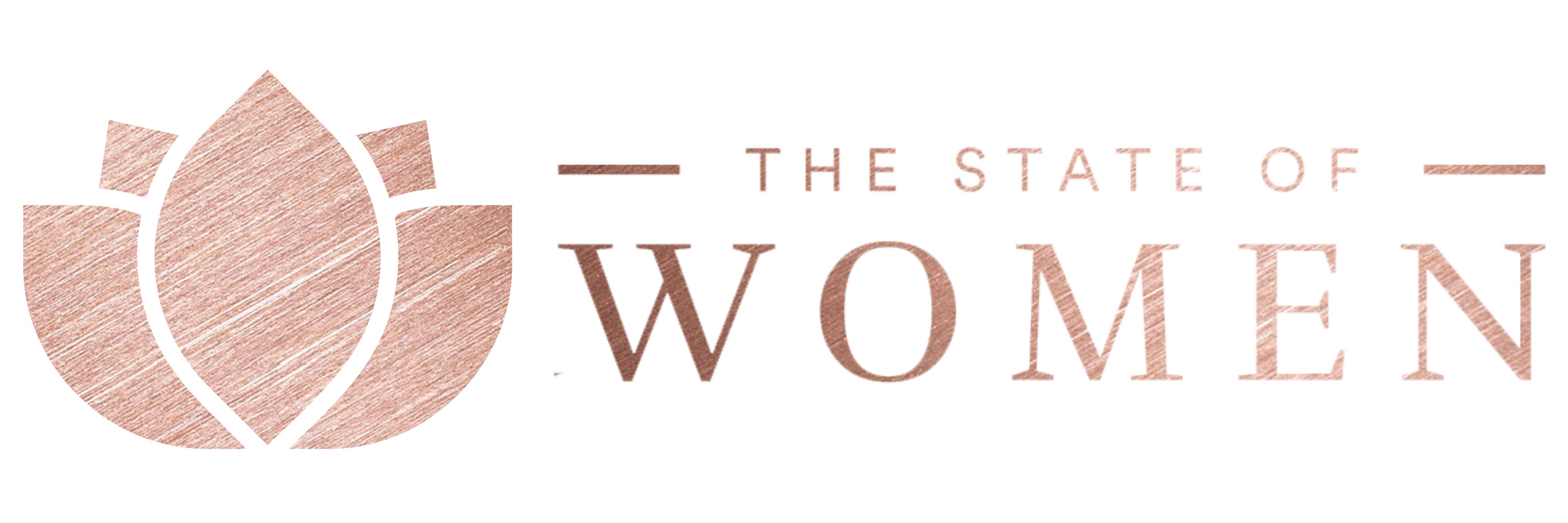This article originally appeared on the Women & Girls Hub of News Deeply, and you can find the original here. For important news about issues that affect women and girls in the developing world, you can sign up to the Women & Girls Hub email list.
By Zahra Sethna
On International Day of the Girl, girls are demonstrating their ability to change the world. Yet more needs to be done to make all girls visible, including gathering meaningful data about their lives, writes Plan International’s Zahra Sethna.
It’s hard to ignore a girl like Masline. An 18-year-old student at a school just outside of Harare, Zimbabwe’s capital, she is smart, confident and determined. Talking about her hobbies makes her smile. She loves to write poetry and is especially inspired by Shakespeare’s Othello.
Masline is a great example of what happens when girls are empowered to reach their potential. She sailed through her secondary school exams with top marks, and once she finishes her current course of study she would like to become a teacher and act as a role model for other girls.
The sad truth, however, is that around the world there are millions of girls who don’t have the opportunity to fulfill their dreams like Masline.
In a recent qualitative research study of vulnerable girls in Zimbabwe, 81 percent of the 121 girls Plan International spoke to said that at one point or another they had to drop out of school, either temporarily or permanently. Most of the time this was because they couldn’t afford tuition and school fees. Once out of school, they said it was hard to go back and doubly hard to fight off the pressure they faced to get married and lessen the financial strain on their families.
When girls drop out of school and get married as children, they often become invisible to governments and policymakers because their realities are not being captured in official data and statistics. They become much easier to overlook and more vulnerable to abuse, exploitation and violence.
The plight of invisible girls is the focus of our new report, “Counting the Invisible,” which makes the case that improved data on the barriers facing girls and women is essential to achieve true equality.
How Data Can Help
Just having more data will not make all the difference to these girls. Data alone can’t change the world, but when data is collected and analyzed in the right way, they certainly can help make change possible. The insights it reveals can help inform policy and program choices. It can identify needs and challenges and help lead us to the groups of people who face the biggest barriers to realizing their rights, such as rural communities, ethnic minorities and people with disabilities. It can provide the evidence advocates need to press for change. And it can show us what works and what does not, so we can be sure to invest in the solutions that really transform lives.
Here’s an example: Let’s say a municipality wants to address the barriers girls face in getting to school. The municipality puts public transportation options in place so girls don’t have to walk long distances, and then it measures how many girls have access to that public transportation. Still, the problem persists – many girls still walk long distances or fail to attend school.
What this municipality failed to do was talk to the girls themselves to fully understand the challenges they face. If they had done some qualitative research, they might have learned that many girls are afraid for their safety in public. In Nicaragua, 65 percent of the girls we spoke to said they do not feel safe on public transportation and 59 percent do not feel safe walking on their own in public places. If girls don’t feel safe riding the bus or walking by themselves in public, having access to public transportation has little meaning in their lives.
When data reveals the scope and scale of an issue, it becomes harder for policymakers to avoid taking action.
That much-needed context is one part of the problem. Sparse data is another. For example, a lack of data on how much time women spend on unpaid household work has led to a misguided impression that women in developing countries have free time to spend on training programs or other well-intentioned community development interventions. When built on an inaccurate assumption of how much time women can afford to spend participating, these interventions often see high dropout rates and low returns on investment.
When data reveals the scope and scale of an issue, it becomes harder for policymakers to avoid taking action. Advocacy efforts in Kiribati, a small island nation in the Pacific Ocean, led the government to conduct its first study on violence against women and children in 2008. Until then, gender-based violence was considered an issue to be dealt with in private. There were no policies or laws in place and little clarity as to how police were expected to respond.
When the results of the study were released in 2010, the nation was shocked to learn that nearly 70 percent of women who had ever been partnered said they had experienced physical and/or sexual violence by an intimate partner. On the back of these findings, some significant legal and social changes were made. This included a new national law, training for police and healthcare providers, changes to school curricula to teach children about respectful relationships and gender equality, services for survivors of violence, and special police units trained to deal with domestic violence. Data can, as this example shows, be a powerful force for change.
That’s why Plan International has joined with a group of like-minded partners to develop an independent measure to track progress for girls and women from now until 2030. This new initiative will produce an assessment that aims to become the leading source of information for advocates, activists, governments, civil society partners and others working to achieve gender equality.
By measuring and monitoring progress and gaps for girls and women, partners will hold governments and other stakeholders accountable for delivering on the commitments they have made. Partners will also complement existing data with original qualitative and perceptions data that more fully reflects girls’ and women’s realities and highlights their right to influence decisions affecting their lives.
The partnership has a simple vision: a world in which every girl and woman counts and is counted. A world in which every girl can, like Masline, learn, lead their own lives, make decisions about their future and, ultimately, thrive.
The views expressed in this article belong to the author and do not necessarily reflect those of Women & Girls Hub.



